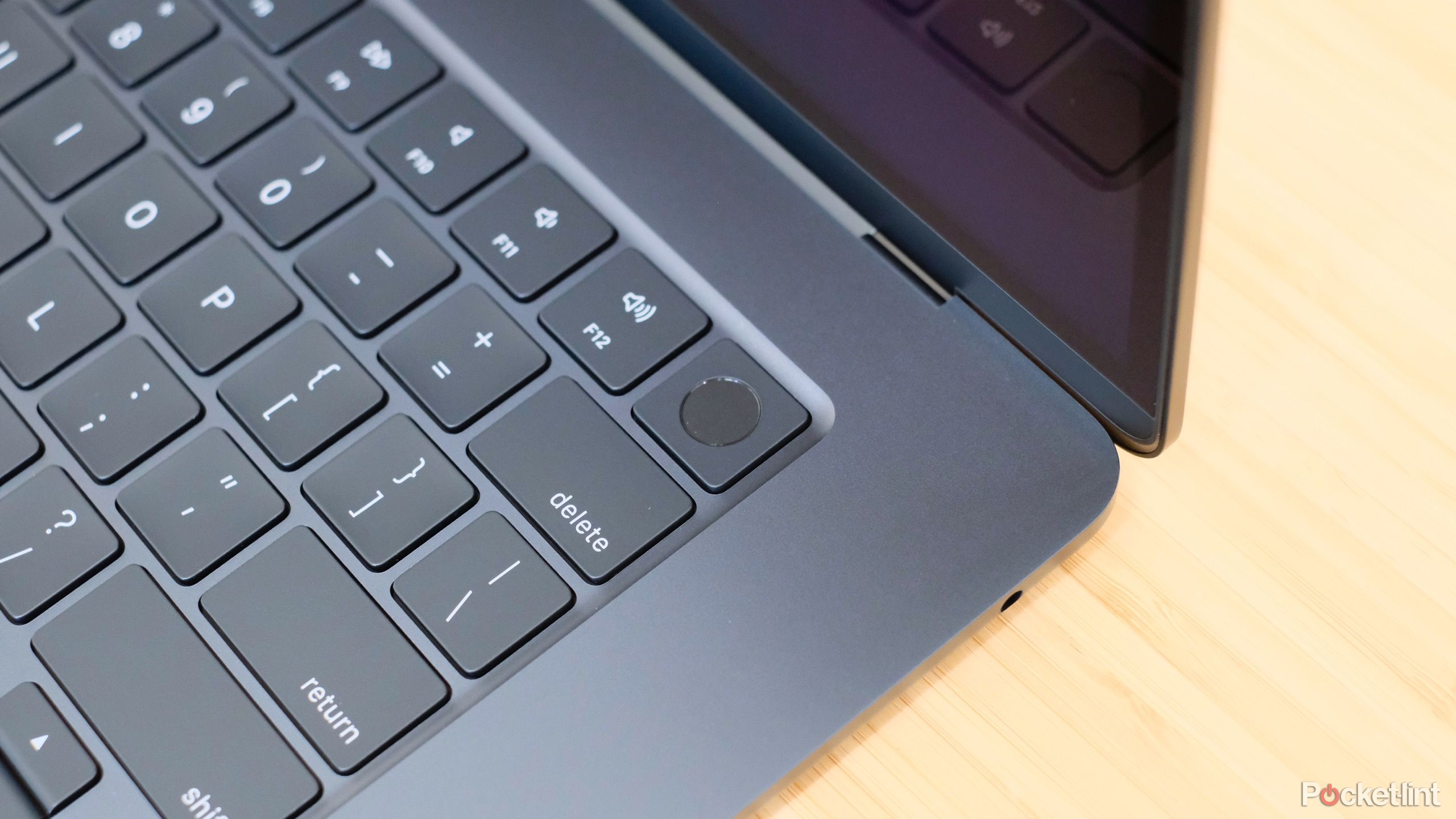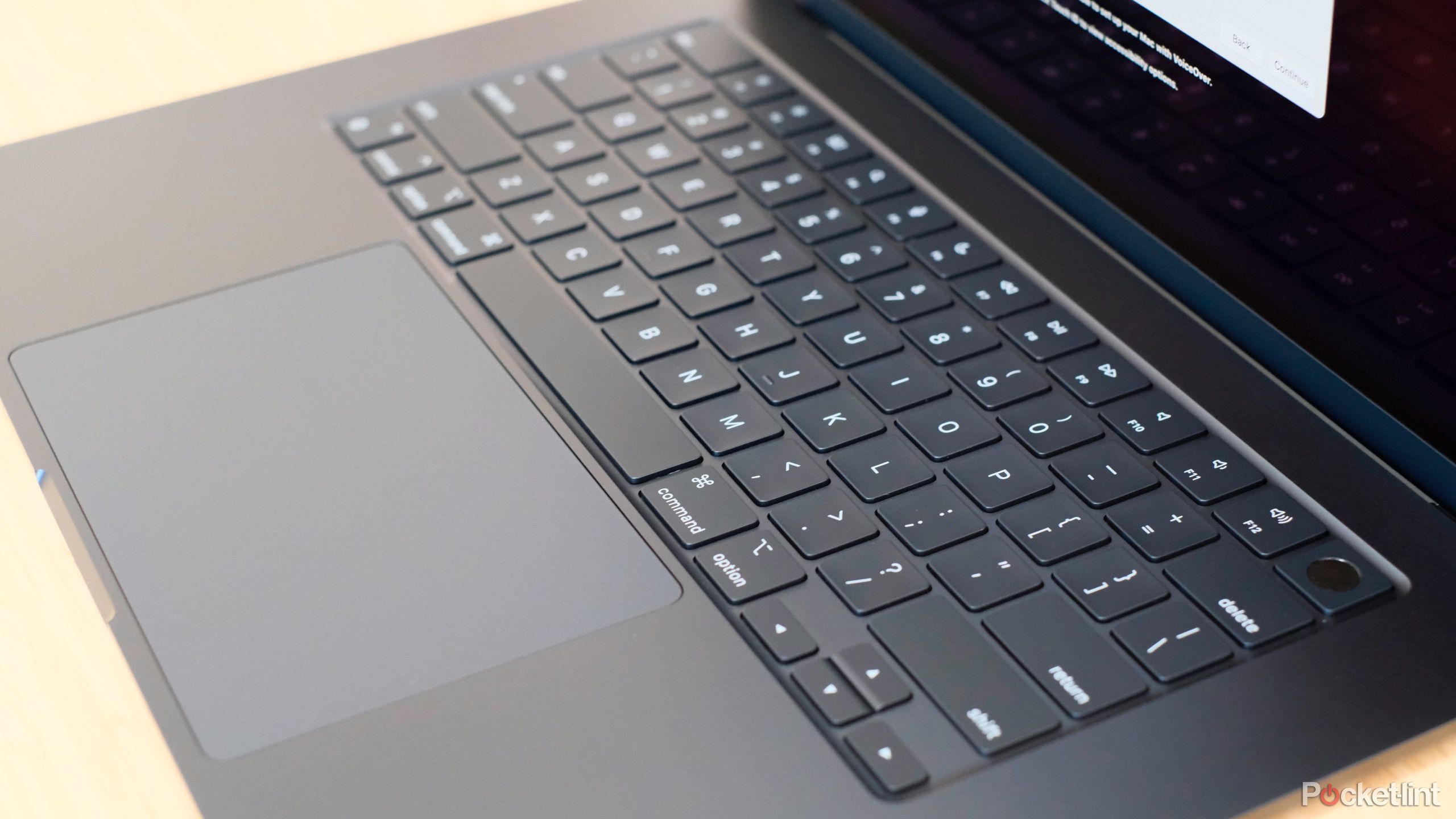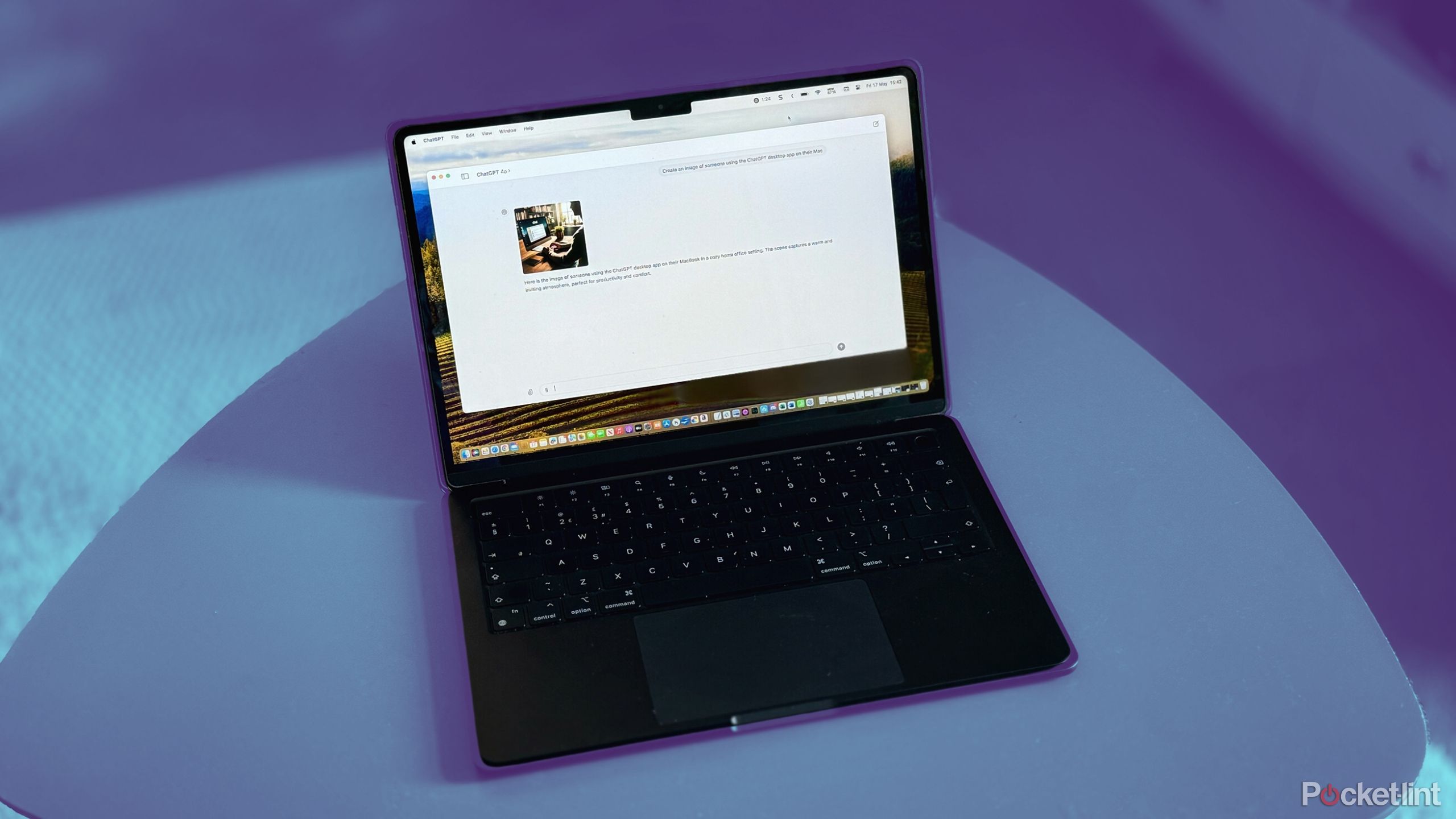Key Takeaways
- Velocity up a sluggish MacBook Air by optimizing its background processes or upgrading to the most recent {hardware}.
- Maintain Wi-Fi connectivity points at bay by resetting your connection and reviewing your system settings.
- Troubleshooting {hardware}/system recordsdata, or booting into protected mode can maintain your MacBook Air’s startup operating easily.
Apple’s MacBook Air is without doubt one of the most versatile laptops on Earth. From its aluminum unibody building to its ultra-efficient macOS working system and solid-state drive (SSD) with no shifting elements, the laptop computer was constructed with sturdiness in thoughts.
Maintain studying to learn to troubleshoot three frequent points with MacBook Airs: sluggish startup velocity, poor WiFi connectivity, and sluggish efficiency.
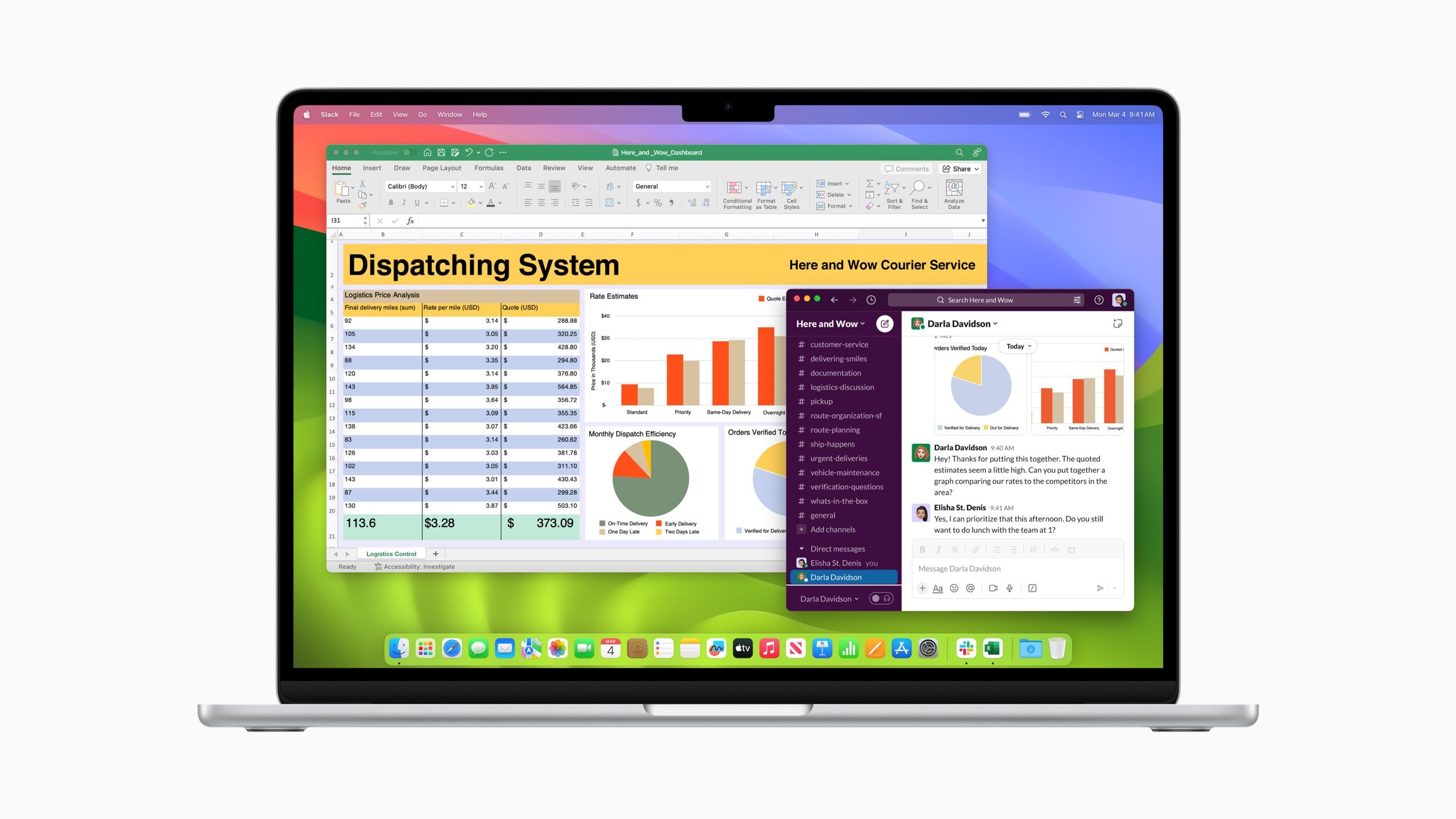
MacBook Air M3 13-inch
The MacBook Air carries over the redesigned physique of the M2 MacBook Air and upgrades the laptop computer with a extra highly effective M3 chip that helps twin displays and options like ray tracing.
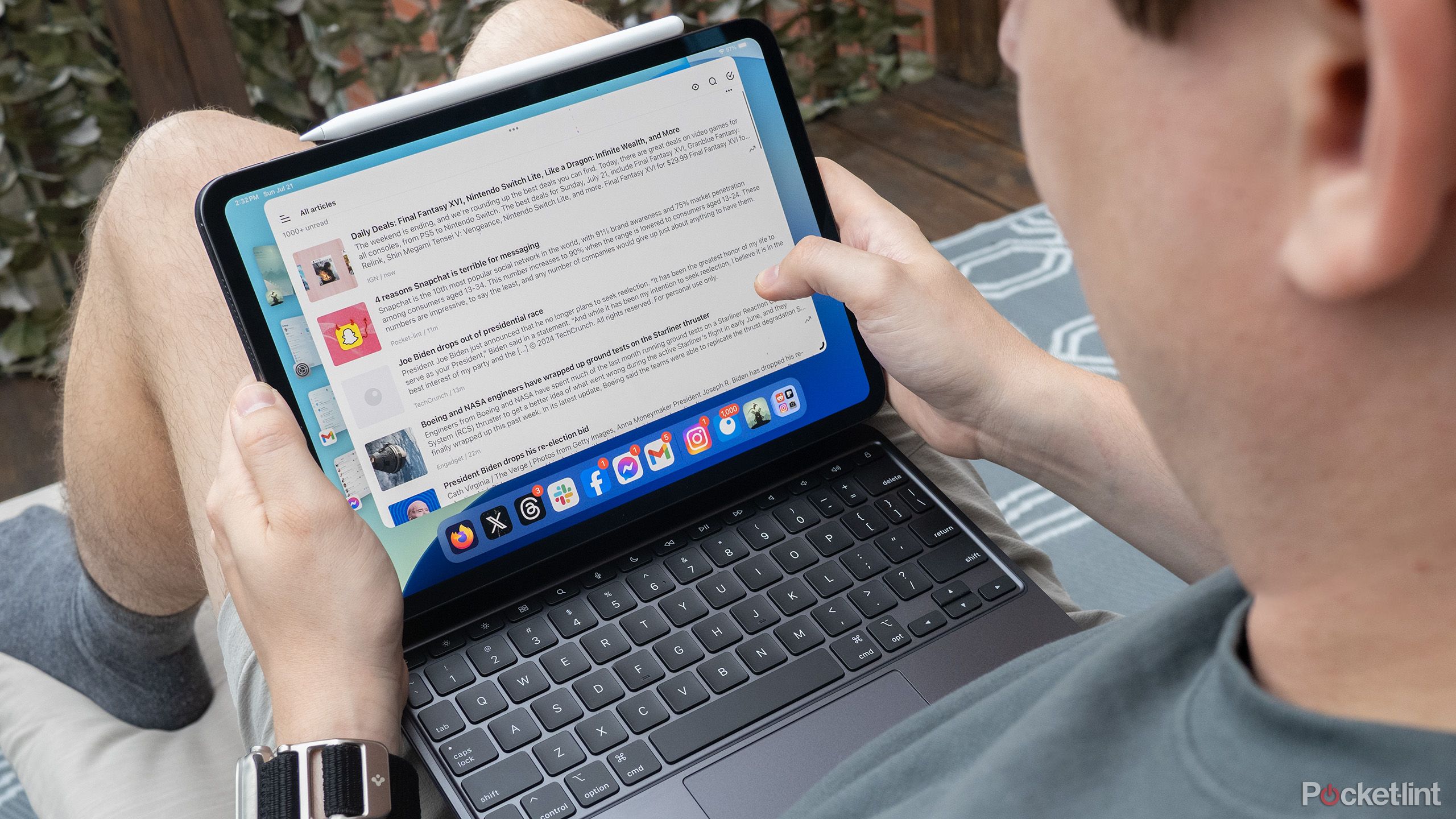
Associated
I underestimated nano-texture screens until I tried the M4 iPad Pro outside
I have been completely flawed about nano-texture show expertise.
Gradual MacBook Air efficiency
Why your MacBook Air slows down
The MacBook Air can sometimes turn into sluggish attributable to varied elements, together with the variety of background processes launched, outdated {hardware}, extra cached information, and a number of functions operating concurrently.

Associated
Here’s how to turn your old tablet into a smart home display hub for free
When you have a couple of minutes available, you’ll be able to repurpose your outdated pill and make it the middle hub of your good residence.
Find out how to repair sluggish MacBook Air efficiency
Handle background processes and reminiscence leaks
Among the finest methods to hurry up a sluggish MacBook Air is to eradicate as many background processes as doable by way of Exercise Monitor. This built-in macOS utility allows you to see how a lot of your pc’s assets (e.g., reminiscence and disk utilization) are being taken up by operating functions.
To entry Exercise Monitor, click on the Finder icon, go to Purposes, double-click on the Utility folder, launch the Exercise Monitor. You can even press Command + Spacebar, sort Exercise Monitor, and press Enter.
When you entry Exercise Monitor, navigate to the CPU tab and search for processes consuming a excessive proportion of CPU assets. To shut them, double-click on the method and stop it.
To show off apps with excessive reminiscence utilization, go to Exercise Monitor > Reminiscence. From there, kind columns by reminiscence utilization and stop/restart or delete pointless apps that eat an excessive amount of reminiscence relative to the others.
Replace macOS and functions
One usually neglected purpose for sluggish MacBook Air efficiency is operating an outdated macOS model that does not embrace the most recent safety updates on the working system and utility ranges.
To replace your macOS to the most recent model, go to the Apple menu > System Preferences > Software program Replace.
To replace all functions to the most recent model in your macOS, go to the App Retailer > Updates tab and replace all apps.
Outdated {hardware}
One more reason for the MacBook Air’s sluggish efficiency is an outdated onerous drive or restricted RAM. Your RAM (Random Entry Reminiscence) permits for optimized momentary information storage. The extra RAM you may have, the quicker your MacBook Air is.
At a minimal, you need to be operating 16GB RAM, which is able to dealing with probably the most demanding functions and duties.
Be aware: RAM upgrades are doable for older MacBook Airs (earlier than 2013). Variations post-2013 have soldered RAM modules, so you may have to buy a brand new MacBook Air if you wish to add RAM.
Eradicating pointless startup applications and releasing up disk house
Generally, your MacBook Air might be slowed down by applications that robotically begin upon booting.
To handle startup applications, go to Highlight > sort in ‘Login Objects‘ and scroll all the way down to Enable within the Background which shows a listing of all functions that run duties even when the applying just isn’t open, e.g., syncing information, which may bathroom down your system over time. To show off every utility, drag its slider to the Off place.

Associated
These 5 retro games look awesome in Delta on the iPad
Listed below are a number of old skool video games that look nice operating on the iPad’s bigger show.
MacBook Air Wi-Fi connectivity points
Maintain your sign robust always
Generally, your MacBook Air might have bother getting on-line. Varied elements, similar to outdated drivers, router points, software program glitches, and even community congestion in your neighborhood, may trigger Wi-Fi connectivity issues.
Reset community settings
Reestablishing your MacBook Air’s community settings is without doubt one of the quickest fixes for sluggish Wi-Fi efficiency.
To reset your MacBook Air’s community settings, go to System Settings > Community > Wi-Fi. From there, navigate to the Particulars tab beside your community’s identify and click on Overlook This Community.
After that, restart your MacBook Air and reconnect to your most well-liked Wi-Fi community by typing in your password.
Checking router configuration
Incorrect router configuration can wreak havoc in your MacBook Air’s Wi-Fi efficiency. Points embrace sign interference (e.g., incorrect setting to a crowded 2.4 GHz channel), outdated WEP as a substitute of WPA3 safety settings, IP handle conflicts, bandwidth limitations, firmware points, and extra.
Restart your router by unplugging it, ready a minute, and plugging it again in for the quickest repair.
Altering your Wi-Fi channel
To alter your Wi-Fi channel, go to Highlight, sort in AirportUtility,’ choose the bottom station you need to change, and click on Edit.
From there, click on Wi-fi > Wi-fi Choices and select from both the 2.4 GHz Channel or 5 GHz Channel pop-up menus.
Click on Save > Replace to avoid wasting all modifications.
Working wi-fi diagnostics
Among the finest options of macOS is its wi-fi diagnostic instruments, which show you how to establish points rapidly.
To entry it, maintain down the Choice key, click on the Wi-Fi icon within the menu bar, and click on Open Wi-fi Diagnostics. Observe the prompts to establish and repair the issue.
Optimizing router location
One more reason your Wi-Fi can turn into sluggish is the suboptimal router location.
As a finest observe, place it far-off from different digital units that may intervene with sign high quality. Additionally, go for the 5GHz band as a substitute of the 2.4GHz band for quicker efficiency.

Associated
Which is best for you: The Google Pixel Tablet or Apple iPad?
In the event you’re attempting to determine between the Google Pixel Pill or the tenth Technology Apple iPad, right here’s how they differ and what they each supply.
MacBook Air startup points
The necessity for velocity
A 3rd frequent concern with Apple’s MacBook Air is startup issues. Stalled or sluggish startup might be attributable to varied issues, similar to faulty onerous drives, restricted RAM, or malfunctioning {hardware} that may scale back velocity.
Activate Protected Mode
Setting your MacBook Air to protected mode permits it to diagnose software-related points. You possibly can rapidly establish the system recordsdata and drivers that want work.
To enter Protected Mode, restart your MacBook Air and maintain the Shift key till the login window seems. Whenever you see the login window, launch the shift key.
macOS performs a sequence of checks throughout Protected Mode to assist diagnose and deal with points. System checks embrace repairing your listing construction, deleting system caches to take away corrupted cache recordsdata, and permitting you to establish faulty third-party software program and drivers.
By following the steps in Protected Mode, you can establish which third-party software program or drivers are inflicting the problem and take steps to resolve it accordingly.
Run Disk Utility
To diagnose and troubleshoot points along with your startup disk, it’s essential to run Disk Utility. This utility can restore system recordsdata and errors in your startup disk, which may trigger your MacBook Air to behave up throughout startup.
To open Disk Utility, restart your MacBook Air > Maintain Command (⌘) + R instantly upon restart to enter Restoration Mode > Choose Disk Utility > Select your startup disk from the listing > Click on First Support and comply with the on-screen steps.
Reinstall macOS
In the event you really feel your MacBook Air wants a recent begin attributable to persistent points, you’ll be able to reinstall macOS.
After getting backed up your whole information utilizing exterior storage or Apple’s Time Machine, comply with the steps under:
- Shut down your Mac by clicking on the AppleMenu > Shut Down.
- Activate your Mac and maintain Command (⌘) + R to reinstall the macOS final put in model in your Mac, Choice/Alt + Command (⌘) + R to improve to the most recent model, and Shift + Choice/Alt + Command (⌘) + R to reinstall to your Mac’s default model.
- Choose Reinstall macOS> click on Proceed throughout the macOS Utilities window earlier than following all of the on-screen directions.

Associated
How I turned my Android tablet into a retro gaming console
This is easy methods to play Nintendo, Sega, and Ps video games in your Android pill — no console required.
Extra ideas for sustaining your MacBook Air
Use antivirus software program
Antivirus software program is without doubt one of the finest methods to maintain issues at bay.
I extremely advocate utilizing Bitdefender Antivirus or Intego Mac Internet Security X9, which provides wonderful malware detection, privateness safety, webcam safety, and even distant administration on a number of units.
Though macOS is safer than Microsoft Home windows, holding antivirus software program useful is all the time a good suggestion.
Preserve backups
I extremely advocate backing up your whole information often.
Two methods to keep up backups in your MacBook Air embrace Time Machine and iCloud.
Time Machine is a built-in backup system for macOS that provides backups of all of your recordsdata and working system settings. It additionally provides versioned backups, automated backups, and system restoration in case your laptop computer crashes. Nonetheless, word that Time Machine requires exterior storage.
The second possibility is iCloud, Apple’s cloud-based storage resolution. With iCloud, you’ll be able to entry your recordsdata from wherever so long as you may have an web connection. The advantages of utilizing iCloud embrace automated syncing, selective backups, and information safety with full encryption to assist forestall unauthorized entry. Nonetheless, remember that it comes with storage limits. With tiered variations, the extra cupboard space you purchase, the dearer it’s.
General, we extremely advocate utilizing both methodology to maintain your most vital information protected always.
Clear your MacBook Air
Among the finest methods to protect your MacBook Air is by often cleansing it. Attempt to keep away from mud and particles buildup in your keys and trackpad, which may degrade surfaces over time. A super cleansing package ought to embrace an air compressor and a microfiber material, a comfortable brush, and protected electronics cleansing resolution.
Trending Merchandise

Cooler Master MasterBox Q300L Micro-ATX Tower with Magnetic Design Dust Filter, Transparent Acrylic Side Panel, Adjustable I/O & Fully Ventilated Airflow, Black (MCB-Q300L-KANN-S00)

ASUS TUF Gaming GT501 Mid-Tower Computer Case for up to EATX Motherboards with USB 3.0 Front Panel Cases GT501/GRY/WITH Handle

be quiet! Pure Base 500DX ATX Mid Tower PC case | ARGB | 3 Pre-Installed Pure Wings 2 Fans | Tempered Glass Window | Black | BGW37

ASUS ROG Strix Helios GX601 White Edition RGB Mid-Tower Computer Case for ATX/EATX Motherboards with tempered glass, aluminum frame, GPU braces, 420mm radiator support and Aura Sync

CORSAIR 7000D AIRFLOW Full-Tower ATX PC Case – High-Airflow Front Panel – Spacious Interior – Easy Cable Management – 3x 140mm AirGuide Fans with PWM Repeater Included – Black

CORSAIR iCUE 4000X RGB Tempered Glass Mid-Tower ATX PC Case – 3X SP120 RGB Elite Fans – iCUE Lighting Node CORE Controller – High Airflow – White



